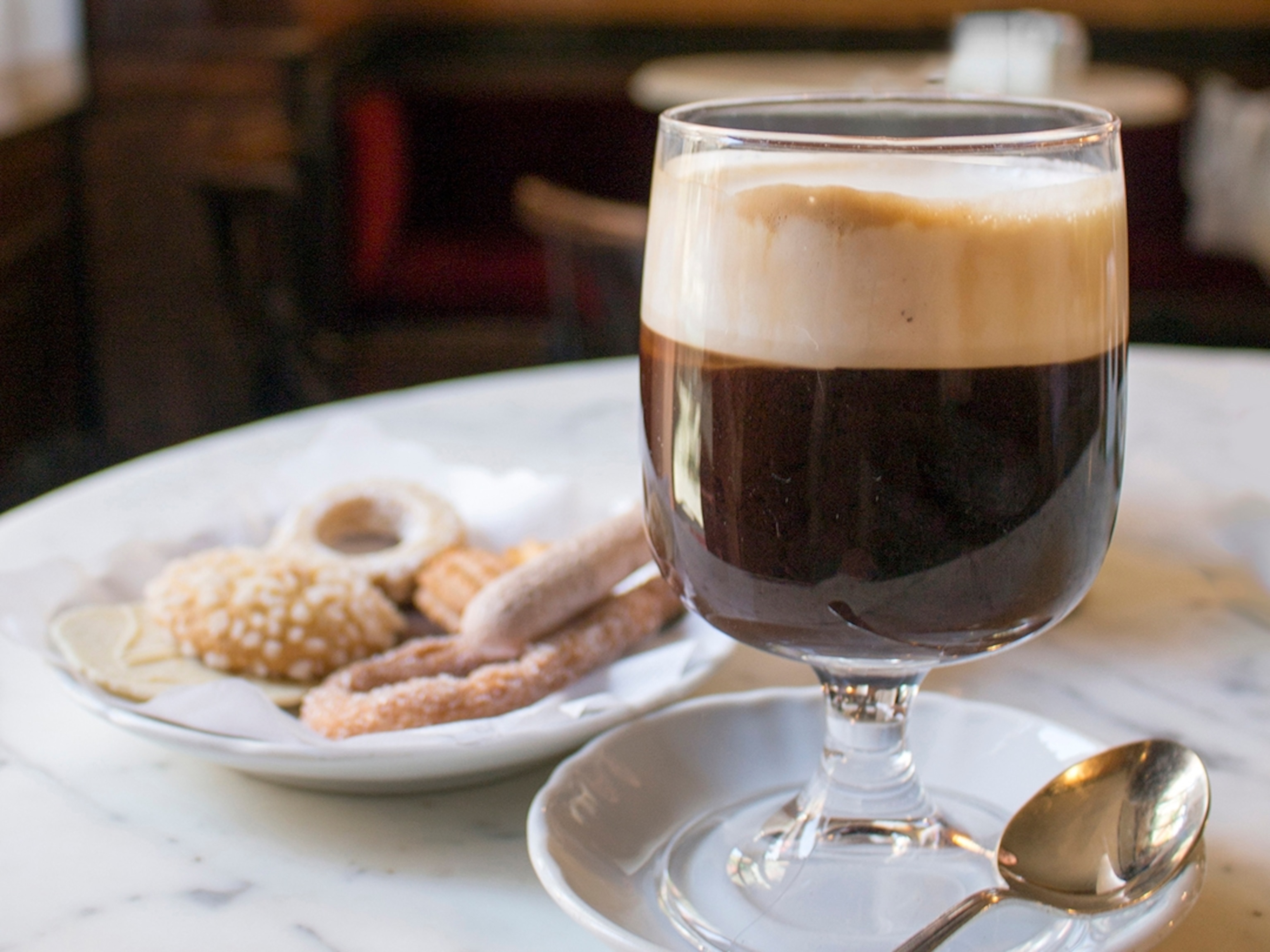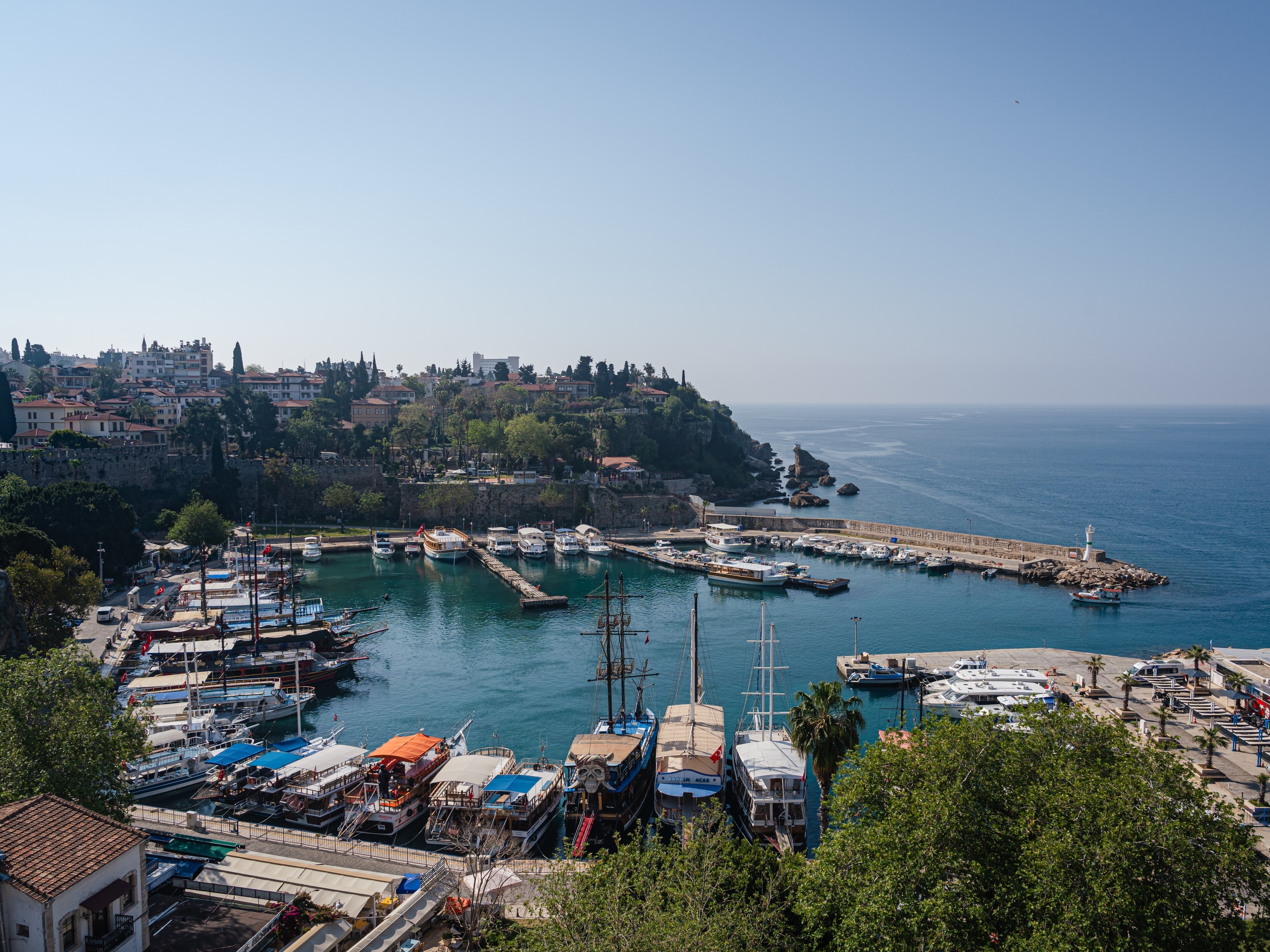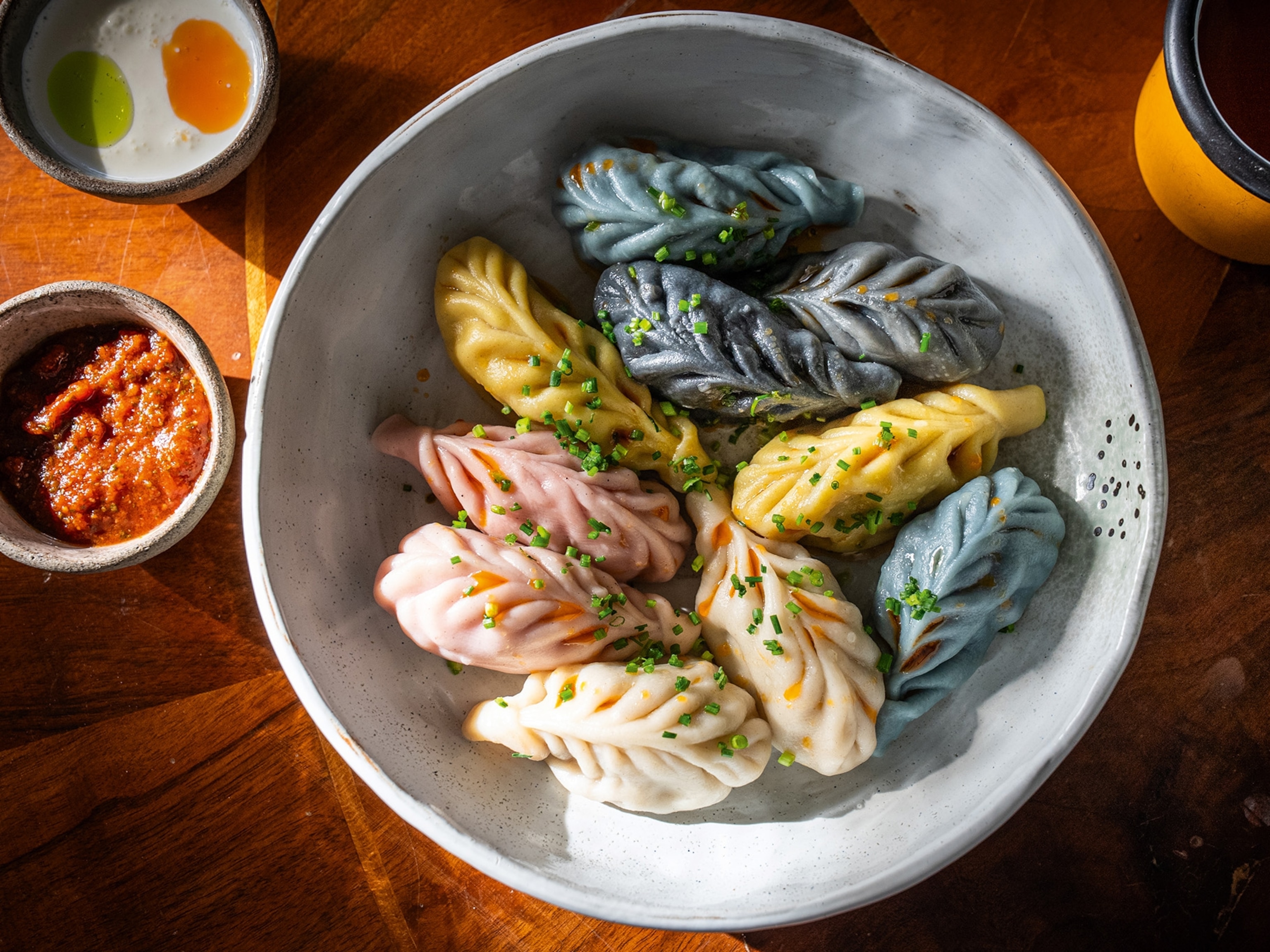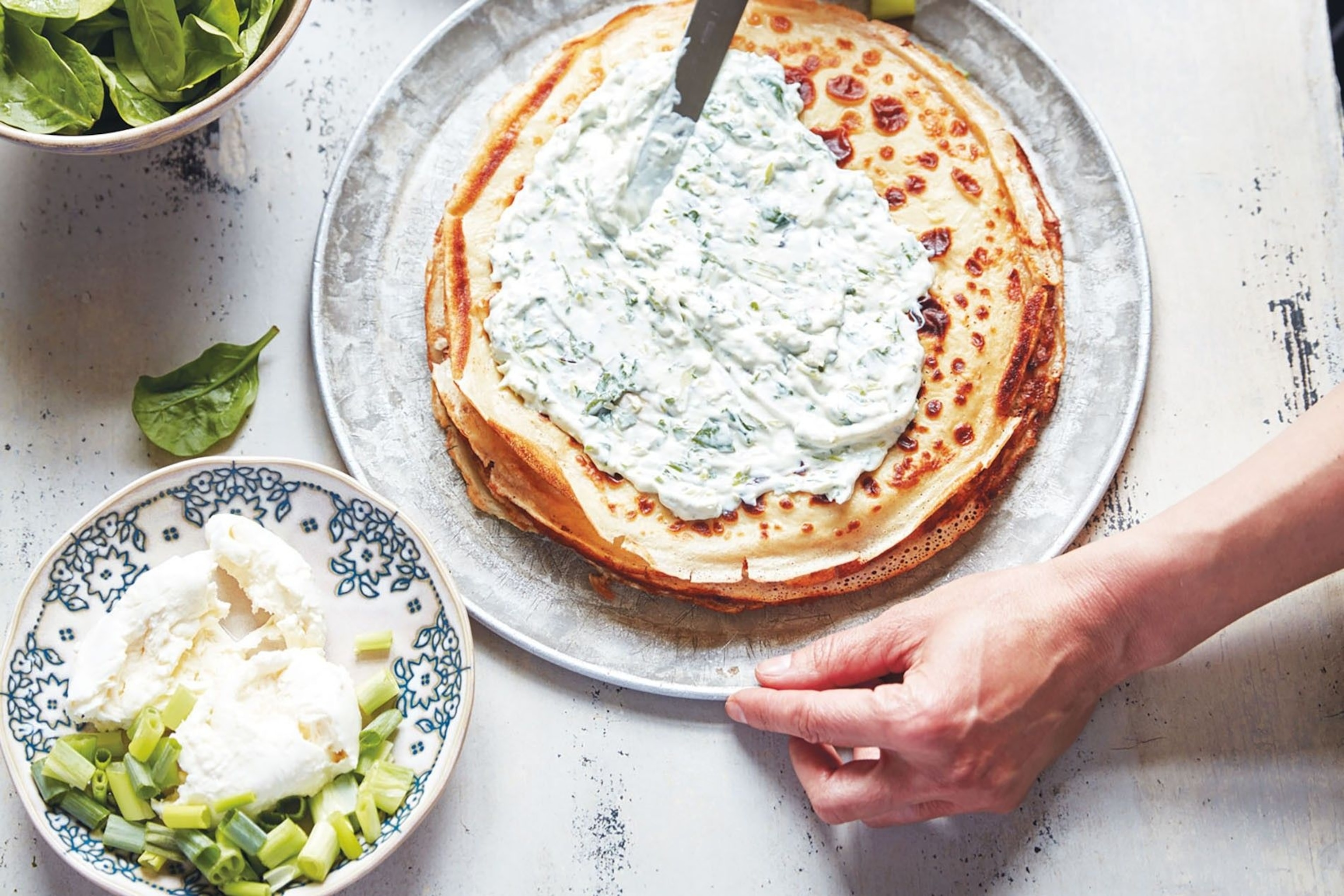
Mountains of flavour: Irina Georgescu on Romanian cuisine
From sour borș soup to herb-stuffed salads and braided breads, food writer Irina Georgescu takes readers on a journey through Romanian cuisine in her debut cookbook.
Why did you decide to write about Romanian food?
There’s a lot to discover about Romania’s cuisine, but there are very few voices that have told these stories. At a time when tolerance and inclusion seem to be losing ground, I felt the urge to write a book about Romanian cookery that would help to dispel some of the misconceptions about my country and its people. I couldn’t think of a more delicious way for people to get to know us than by talking about our food.
For the uninitiated, how would you sum up your country’s cuisine?
It’s very personal. It’s about home cooking for the family, and the dishes we learned from our mothers and grandmothers. We love small plates — similar to Greek and Turkish mezze — of dips, salads, charcuterie and cheese. We love a good tangy borş, which isn’t just like Russian beetroot borscht; we have an entire range of hearty broths and stews with dumplings and noodles, very much in the German and Hungarian style. In our baking, you see the coexistence of the old Byzantine cuisine, with its baklava and filo pastries, and the sophisticated layered desserts of Vienna.
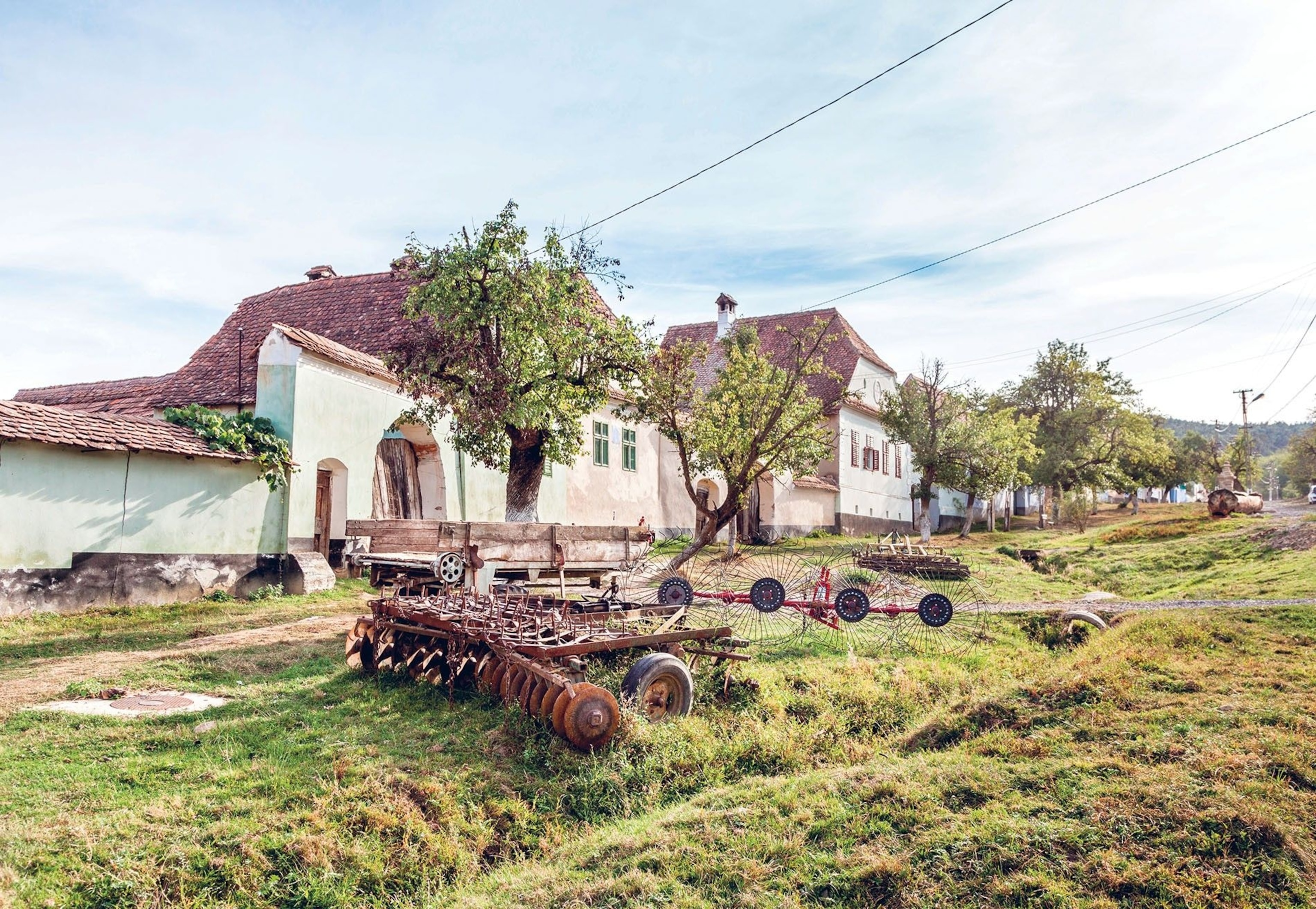
What’s your first food memory?
Growing up in Romania, I learned to cook in my mum’s kitchen and my dad’s vegetable garden. I remember learning to roll Turkish delight and make mayonnaise, and hearing the sounds of the kitchen from my bedroom — the gas burners igniting and the rolling pin going over the edge of the pastry. That meant Mum was cooking.
What ingredients are key to Romanian cuisine?
Romania is a country of huge variety, and the Carpathian Mountains cut through its landscape, creating different microclimates that are ideal for agriculture, farming and winemaking. We eat more polenta than the Italians, as a side dish to mop up sauces or as a starter with cheese. We value pigs greatly; the meat goes into borş, while the back fat is cured to make slănină (lardo — a type of Italian cold cut). Sauerkraut, meanwhile, is served as a side or with noodles, and there’s lots of garlic, sour cream, walnuts and herbs such as dill, parsley and lovage. We also eat cold-smoked fruit like prunes, cherries and apricots, made using an ingenious method of preserving without adding any other ingredients. You’ll also see foraged ingredients like nettles — used to make soup — or pine, which we use to mature cheese and to cold-smoke trout.
How does the landscape inform the way people cook?
The landscape and the seasons are massively important to our cookery. For example, we only eat lamb at Easter time, when it’s in season. In the Danube Delta, almost everything is made with fish — even the stuffed cabbage leaves. The fruit trees of south-western Romania bear so much fruit that it finds its way into savoury dishes. From our nose-to-tail philosophy to making the most of the natural resources, this is the way Romanians eat: sustainably and leaving nothing to waste.

Why do you think Romanian recipes aren’t particularly well known throughout the rest of the world?
Maybe we don’t see our traditional home-cooked food as all that special. Even as I was writing the book, I found myself thinking, ‘Why would anyone find polenta interesting?’. And when we move abroad, we naturally look to assimilate ourselves. But I believe we’re all nostalgic for these recipes, and this book can revive memories and help people share them.
Which recipes should readers try first?
The butterbean borş with smoked sausage and red onion salsa (see recipe, page 121) is a delicious introduction to Romania’s most-loved flavours: it’s meaty, smoky and sharp. I’d also wholeheartedly recommend the smoked prune pilaf, served with caramelised leeks. It’s a testament to the Persian influence on our cuisine. In terms of desserts, I could choose so many, but I’m going to say cremşnit (see recipe, page 118), an elegant, vanilla custard slice — light but velvety enough to satisfy a sweet tooth.
Carpathia: Food from the Heart of Romania by Irina Georgescu is published by Frances Lincoln. RRP: £22.
Published in Issue 8 of National Geographic Traveller Food
Find us on social media
Facebook | Instagram | Twitter

